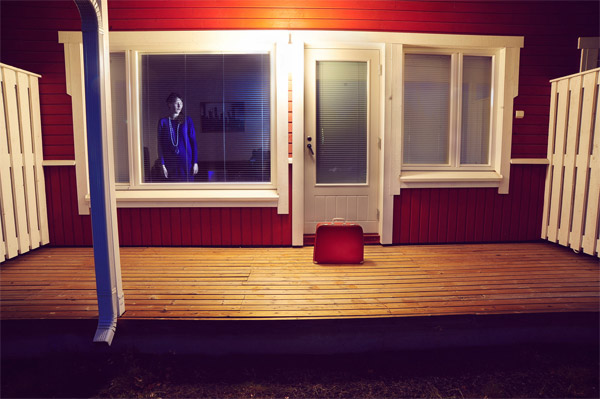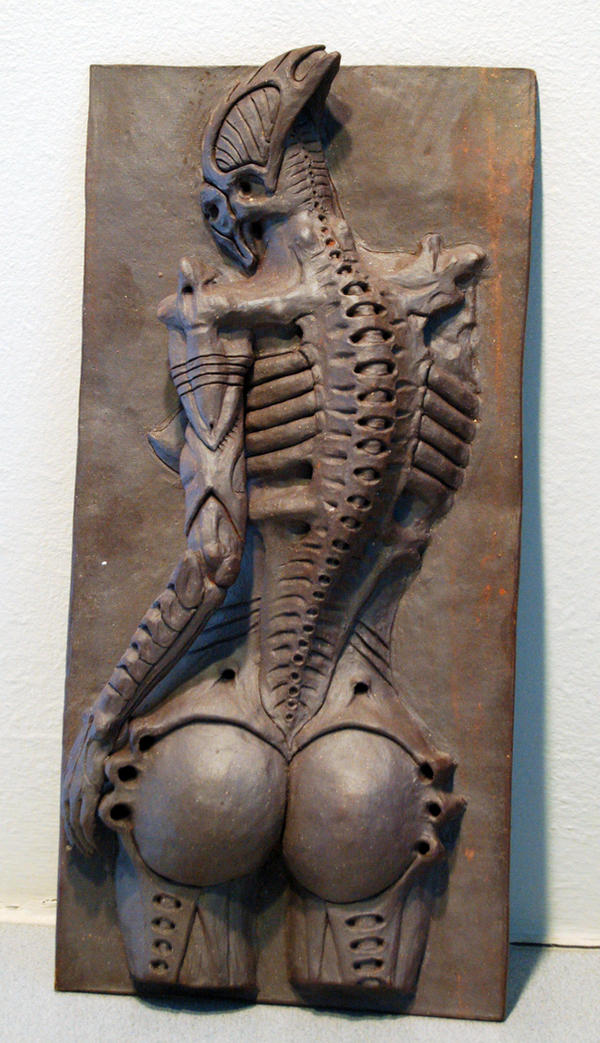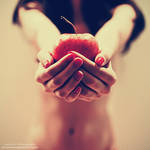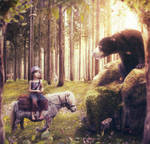Duchamp finds a discarded urinal. He alters it (by signing a name to it not even his own, but obviously “the artist’s”)
and names it “The Fountain”. The most mundane, even off-putting, of objects is transformed by Duchamp into art. He submits
it for exhibition and it is rejected. You might say the judges “pissed on” his idea. But the idea was born and persisted.
Duchamp insisted the object was art because he as an artist presented it as such. “Conceptual Art” was born.
Artists following Duchamp sought to really get at what art is all about by diminishing the compositional and aesthetic
element of an artwork and concentrating on what “art says about it itself” – the commentary a piece of art makes on artist
and viewer, on the very nature of art, on why we make art and look at it and what the experience means.
Michelangelo spent six years painting the Sistine Chapel ceiling and another six adding “The Final Judgment”. He especially
resented the ceiling job, considering it the Pope’s “vanity” project. Now his genius is recognized, but at the time he felt like he was doing slave labor, rather than making his own statement in art.
Conceptualists take the “idea” in art and posit that artistic skill is not the point.
“The Concept” is the whole message, the whole point of the message, the expression, the human exchange.
Yoko Ono "published" as art her notes on how to go about having an aesthetic experience with art.
Alfred Hitchcock meticulously crafted screenplays and fully “storyboarded” (made scene by scene drawings exactly as the camera would
frame each scene) before rolling film on his movies. He complained that the real moviemaking, the real artistry, came in the creation of
the storyboards. After that, he felt, his movie was “done.” He found the actual filming redundant and boring.


Check out Jackson Pollock's early abstract paintings that he did before he began dripping paint on the floor.
Check out Rauschenberg’s 300 early paintings before “his” “Erased De Kooniong Drawing”.
Check out Miro’s early representational work from before the sculptures and mobiles.
Check out Julian Schnabel’s early paintings from before he started gluing broken plates to walls.
There’s quite a body of evidence that “conceptual art” isn’t a con. Real artists go where their muse takes them – even if it’s to “the thought” that births the art becoming the art itself.
Worrying about artists’ motives brings up the question of “artist’s intention”.Conception and intention are different. A traditional
artist “intends” to achieve expressing something for him/herself and/or to an audience through an artwork. The artist’s intent may be to
capture and invoke sadness, apathy, ecstasy, whimsy, etc. When DuChamp did his Urinal he was only talking about the meaning of art itself, he was not trying to convey any other idea.
At the end of it all, can we ever really know an artist’s intention or fully understand his/her big concept? We often think we can and do.
Like we think we know the heart of our beloved. That little leap of faith is what art – and life – is all about. And all the affirmations and
disillusionments that follow in the wake of each momentous jump into the unknown we kind of think we know is a part of that Big Concept.
Questions for the Reader:
- If an artist makes you think up is down it could be construed as a game, a trick, or an artifice like a landscape reflected in a clear lake. Conceptual art is something that makes you wonder why there is an up or down and doesn’t confuse that effort with any particular “art.” If there is no art to see, is it art at all? or maybe just a dialectic?”
- Christo and his wife, Jeanne-Claude, wrapped eleven islands in Biscayne Bay in pink fabric for two weeks. What do you think these artists were saying about the environment? That natural beauty is a gift? Or a gift that needs no wrapping? Or a gift in danger of being ruined by commercialization? Or that natures artwork can only be represented or framed in anew light, but never improved, by the artist?
- Andy kaufman was a comedian who turned “stand-up” into performance art, sometimes “ending” his routine by walking his entire audience to a nearby 7-Eleven for snacks. Sometimes he remained “in-character” as a pro wrestler or a bad lounge singer for weeks at a time. Do you know of other artists who have “conceptually” burst the normal bounds of their specific art forms in amazing ways?
- Is the “Occupy Wall Street” movement not only a political statement, but also an example of conceptual performance art or “street theatre”? Should art and protest be clearly defined or are they too closely related to ever be easily categorized or separated? How do you think history and pop culture will define the Occupy Wall Street protests?





